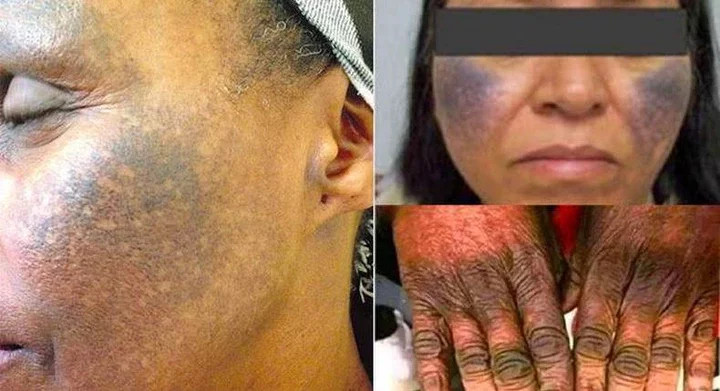
Repairing the damage caused by bleaching creams may take months or even years.
In these cultures, pale skin was associated with wealth and status, as it signified that one did not have to work outdoors in the sun.
During the colonial era, the preference for pale skin spread to many parts of the world, as European colonisers and white supremacists associated dark skin with inferiority. This led to the marketing of bleaching products to people of colour in colonised countries.
Today, skin bleaching is very popular and widely accepted in not just Africa, but many parts of the world.
Despite its widespread acceptance, there is a growing awareness of the dangers of skin bleaching, as these products can cause serious skin problems like skin irritation, discolouration, and even cancer.
Due to the growing awareness of the dangers of bleaching, many countries have banned or restricted the sale of these products. Not in Nigeria though. Bleaching creams are popular and so normalised that even unregistered personal brands with no dermatologic certification, are mixing and selling these dangerous chemical products to consumers.
What are the dangers of using bleaching creams?
Bleaching creams can irritate the skin, causing redness, itching, and burning. In some cases, they can even cause blisters and peeling, as bleaching creams contain potent chemicals like hydroquinone and mercury.
Bleaching creams may initially lighten the skin, but in the long run, can cause the skin to become unevenly toned. The chemicals in these creams disrupt the skin's natural melanin production, causing irregularities in skin tone, especially in people with darker skin tones.
Bleaching creams can strip the skin of its natural protective barrier, making it more sensitive to environmental factors like as UV radiation and pollution. This heightened sensitivity can cause increased skin irritation and a higher risk of sunburn.
Some bleaching creams contain ingredients that have been linked to cancer. For example, hydroquinone, a common bleaching agent, is a possible carcinogen.
Here are a few tips for repairing the damage done to your skin:
Stop use immediately: This is the first step toward healing your skin is to stop using bleaching creams completely.
Use a gentle cleanser and moisturiser: Avoid using harsh cleansers and moisturisers, as these can irritate your skin further. Instead, choose products that are specifically designed for sensitive skin.
Apply sunscreen every day: Sunscreen will help to protect your skin from the sun's harmful UV rays, which can worsen the damage caused by bleaching creams.
See a dermatologist: This is the most important step towards healing. If you are experiencing side effects from bleaching creams, you need to consult a dermatologist for help. They'll prescribe medications or treatments to help repair your skin.
Use a vitamin C serum to brighten the skin and reduce discolouration.
Regular exfoliation helps remove dead skin cells for healthier skin.
Consider professional treatments such as chemical peels, microdermabrasion, and laser therapy, in combination with proper skincare routines, including exfoliation, moisturising, and regular sunscreen use.
Repairing the damage caused by bleaching creams may take several months or even years. Be patient and consistent with your skincare routine, and you will eventually see results.

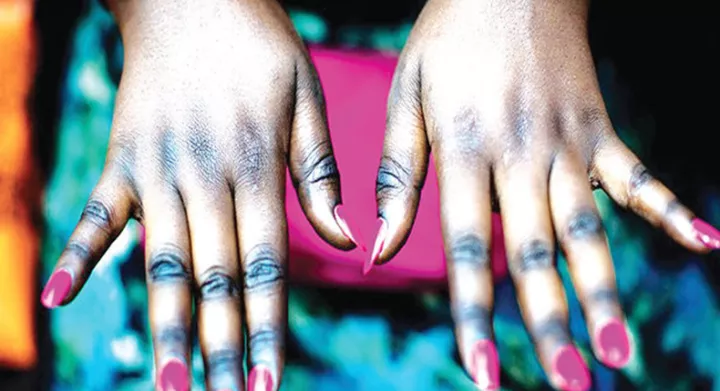
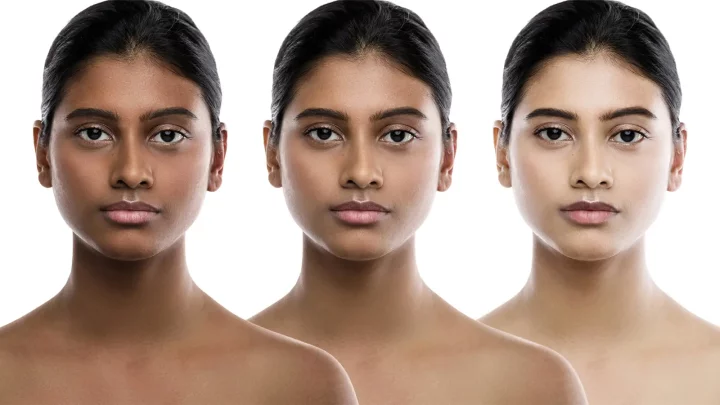
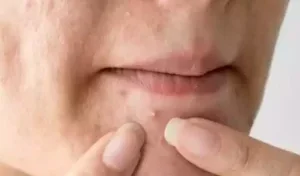
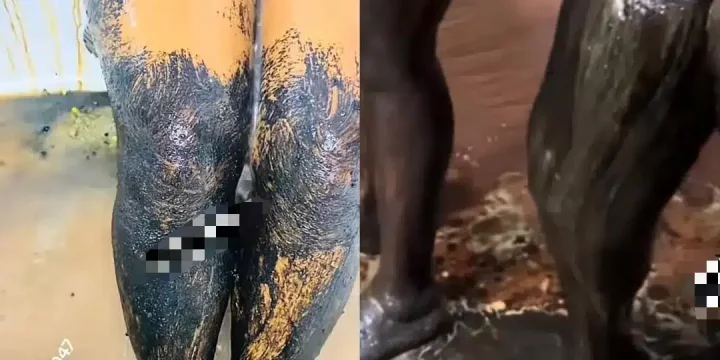










Comments